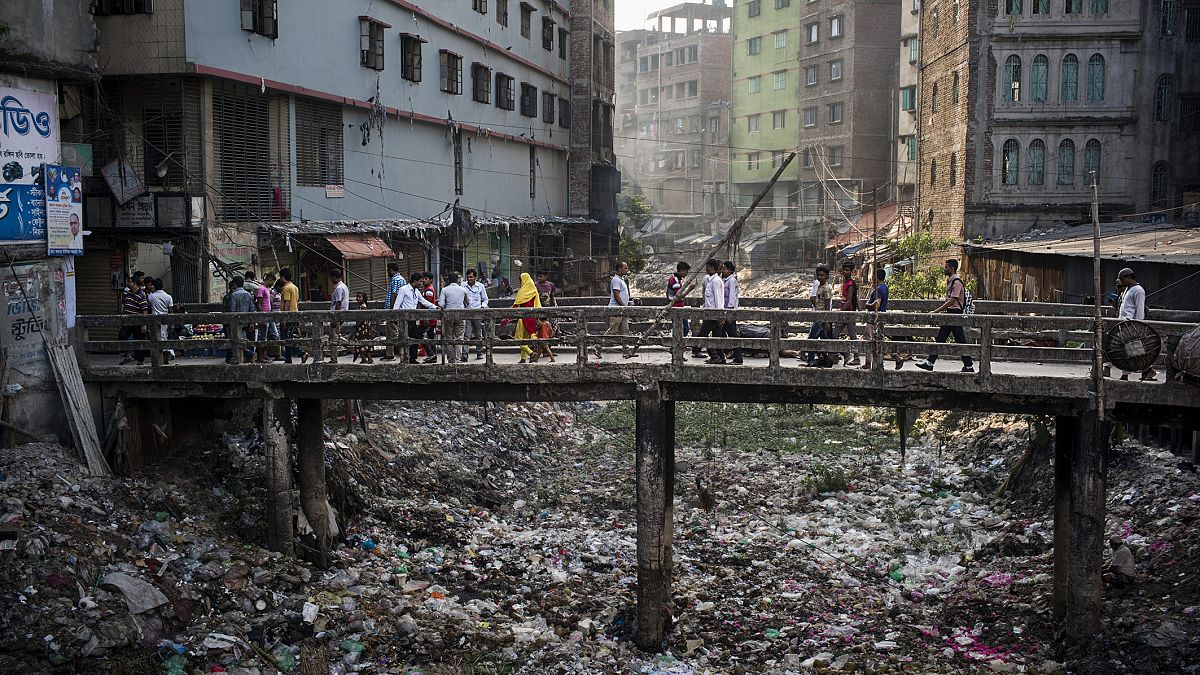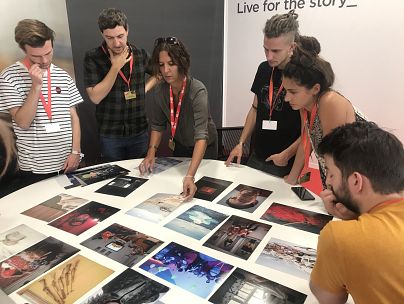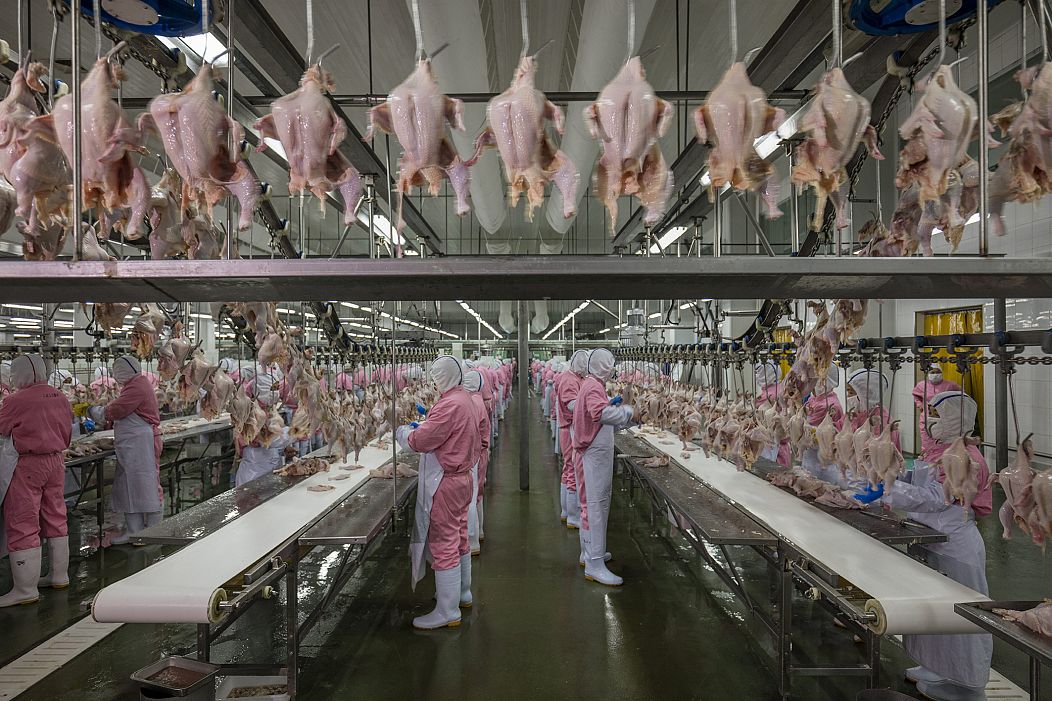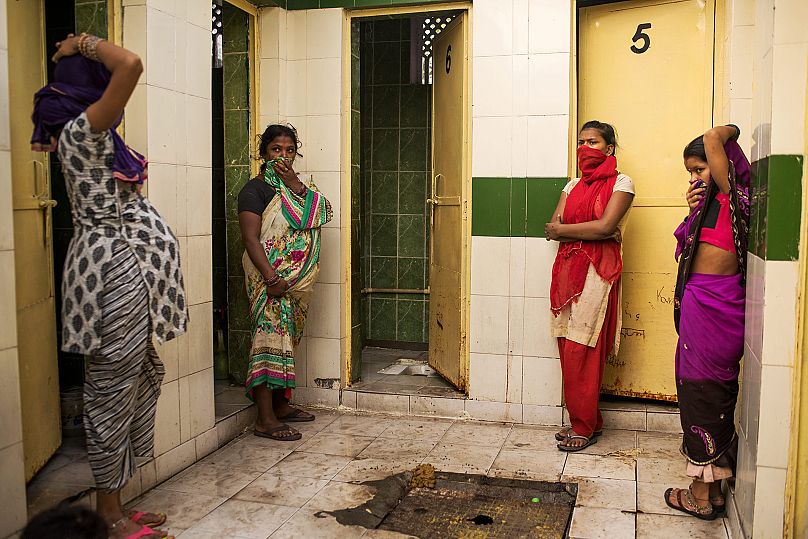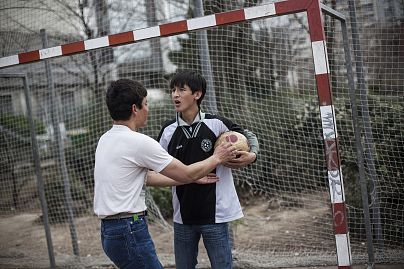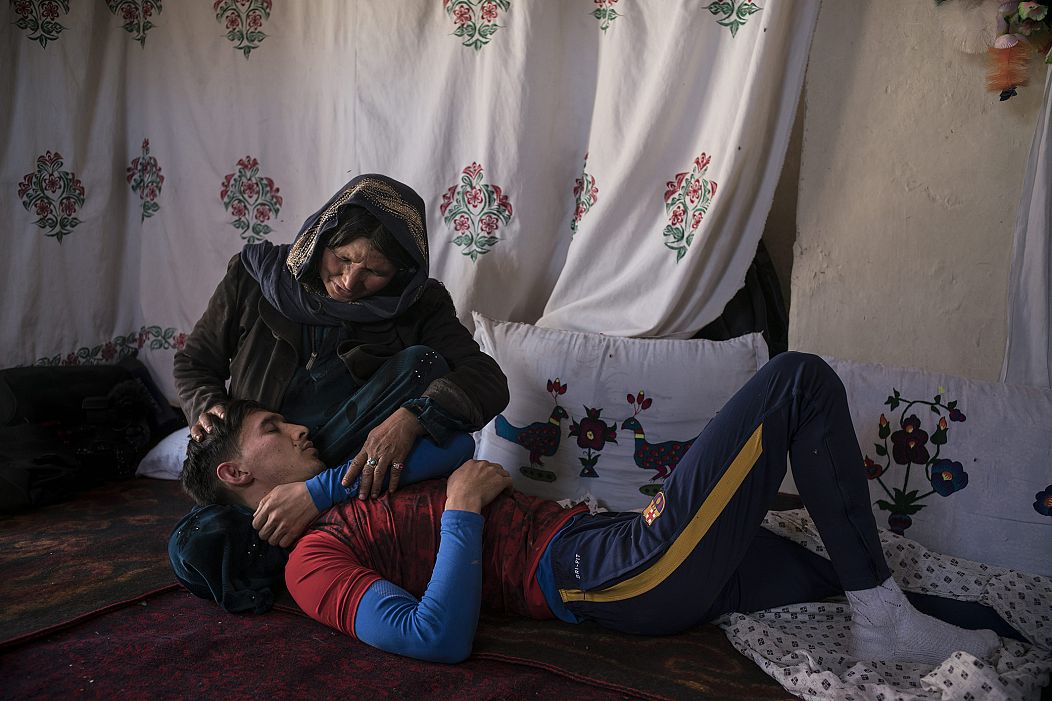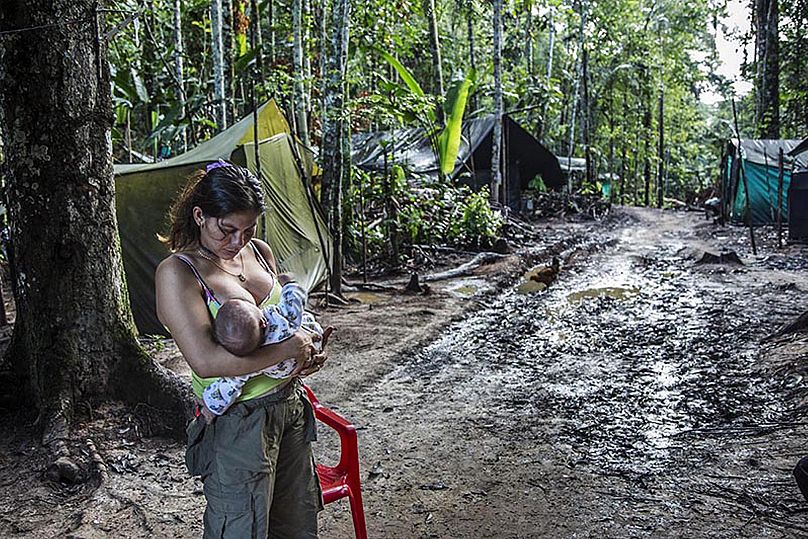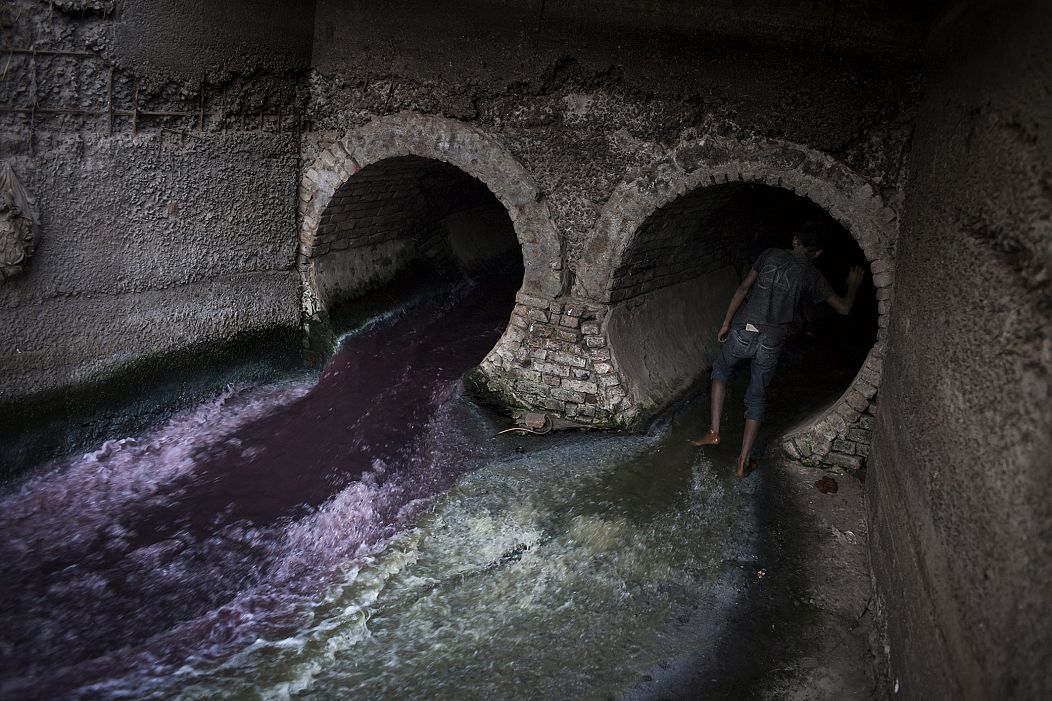Visa pour l’image, an annual festival held in France, celebrates photojournalism for the 30th time.
Visa pour l’image, an annual festival held in France, celebrates photojournalism for the 30th time this year with 25 exhibitions. The images on display feel like the antithesis of a glossy tourism magazine - the world in all its gory. The festival's exhibitions focus on the things that make us human - in intimate and occasionally repulsive ways.
In times when every corner of the world is just a few clicks away, the festival nevertheless manages to uncover photographic reporting, investigative and thematic projects which surprise and inform.
It’s also a meeting point for photojournalism professionals who gather in the cafes of the southern French town of Perpignan on the border with Spain after night screenings, the award ceremonies and portfolio reviews.
“I do not think technology is evil. I think technology is a reality
and it’s about efficiency. And there are aspects of efficiency that are wonderful and
there are those that can be very cold and heartless,” - renowned aerial photographer George Steinmetz told Euronews. His longstanding project - “Big food” - is one of the festival highlights.
Large-scale agriculture which shapes the landscape of the industrialised world, shot from above by Steinmetz from an electric paraglider or drone. The patchwork scenes below sometimes include shocking details when viewed close up. The photographer says he is not an animal rights advocate but believes that transparency is essential for consumers to make informed choices.
Did you know there is a job that of crawling into pit latrines, removing faeces by hand and loading them into buckets? Photographer Andrea Bruce recorded the work of a nightsoil collector in Port-au-Prince, Haiti, for her project about open defecation and sanitation.
Nearly 950 million people still routinely practice open defecation, and 569 million of them live in India. Disease caused by poor sanitation and unsafe water kills 1.4 million children a year, more than measles, malaria, and AIDS combined.
Bruce explores areas where sewer systems remain to be too expensive and documents some low scale solutions that have been found and are being implemented despite a range of complications.
Olivier Jobard followed the life of young Afghan migrant Ghorban for 8 years, since he arrived in Paris aged 12 and began life on the streets. Back in Afghanistan, Ghorban’s father had died, and he had been taken from his mother to look after livestock.
In 2010, there were approximately 4,000 unaccompanied children in France, and now it is estimated that there are now five times as many.
Jobard witnessed how Ghorban has managed to come to terms with his past, with the experience of being torn away, torn apart, and abandoned. In 2017 photographer followed him to Afghanistan where Ghorban met his family and discovered his mother didn’t want to abandon him.
Catalina Martin-Chico explores a jungle baby boom among ex-FARC female members, (nearly 40% of the Revolutionary Armed Forces of Colombia were female). During the conflict that lasted half a century, there was a ban on child-bearing for women in FARC, any pregnancy that did occur had to be terminated, or any babies born had to be abandoned at birth. Since the signing of the peace agreement in 2016, hundreds of these young women have now chosen to give birth.
Every day some 10,000 metric cubes of untreated toxic waste are dumped into the rivers of Dhaka - the capital of Bangladesh. Industrial pollution from tanneries, textile factories, shipyards, iron and steel plants, brickworks, factories and trades contaminate the rivers. Photographer Gaël Turine explores this ecological catastrophe in this series of striking images.
To celebrate the 30th anniversary of the festival, organizers have selected an image from each year to form an exhibition. Visa pour l’image also produced a short video about each of the images that can be watched at the exhibition or online.
